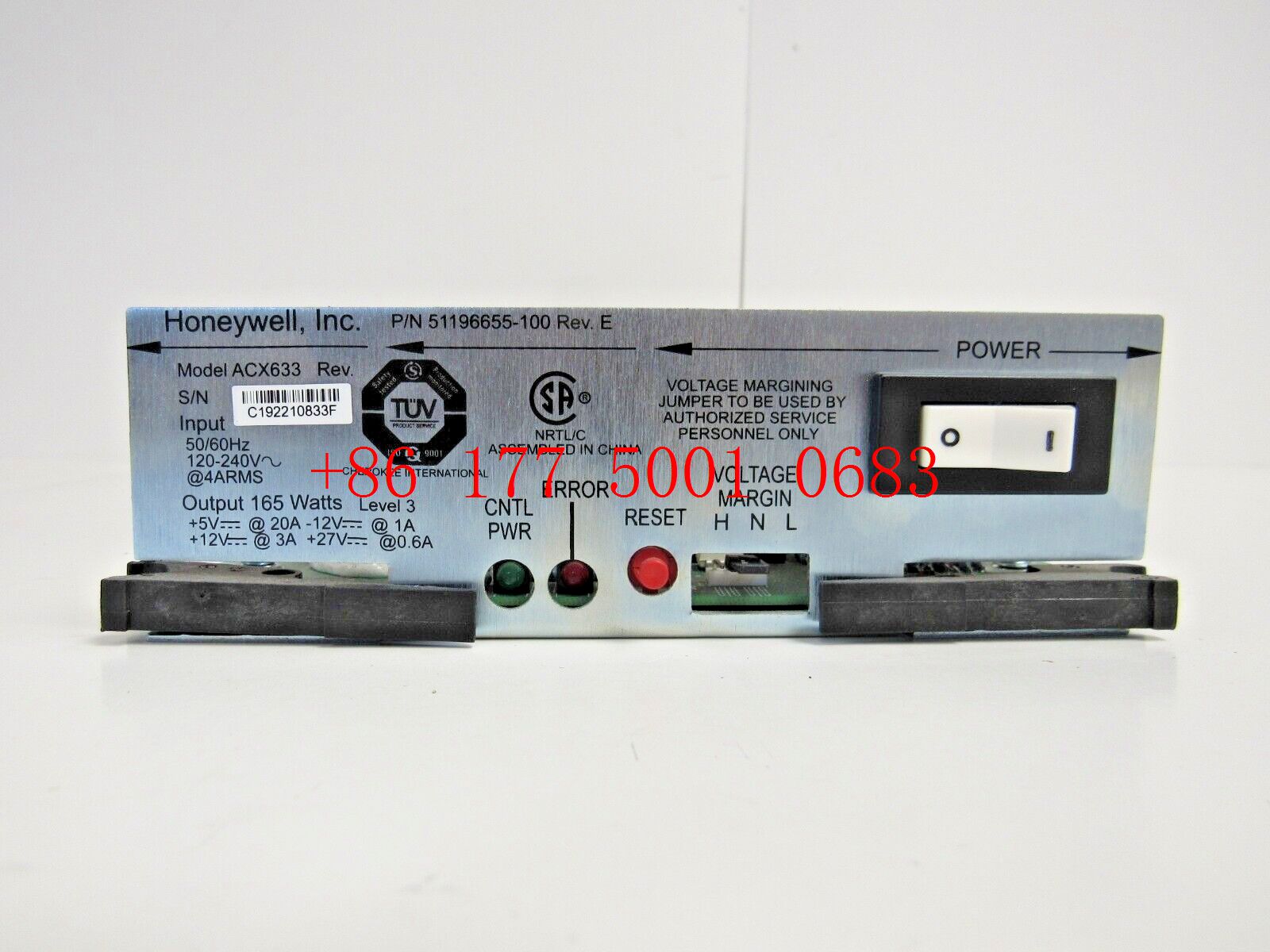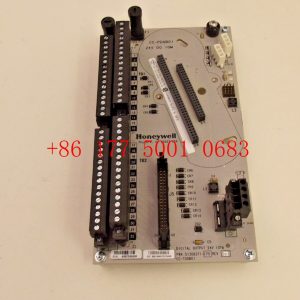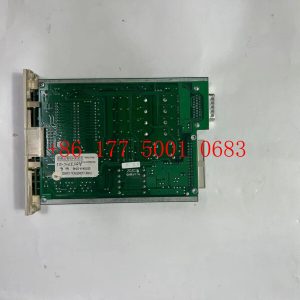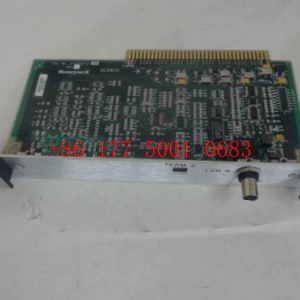Description
hardware flow control. It is an ideal choice in the field of industrial automation.
Analysis of demand for industrial robots in the automotive industry
The automotive industry remains the largest robot application industry globally, with a share of almost 30% of total supply. Investment in new automotive production capacity and
modernization processes have driven the automotive industry”s demand for robots. The use of new materials, the development of energy-saving drive systems, and fierce competition
among major automotive markets are the fundamental driving forces for the extensive use of industrial robots in the automotive industry.
According to OICA statistics, 79% of the installed capacity of industrial robots in the automotive industry is distributed in 5 key markets: China (39,351 units), Japan (17,346 units),
Germany (15,673 units), the United States (15,246 units), and South Korea (11,034 units) .
In 2019, the year-on-year growth in fixed asset investment in my country”s automobile industry was around 0%, and the overall situation was sluggish. This is also the lowest situation in recent years.
It is predicted that with my country”s automobile sales stabilizing in 2020, fixed asset investment is expected to bottom out and rebound, driving the industrial robot industry to pick up.
Breakdown of industrial robot status in 3C industry
3C is the collective name for computer , communication and consumer electronic products, also known as “information appliances”. Such as computers, tablets, mobile phones or digital
audio players. The 3C industry is another important source of demand for industrial robots.
In 2018, the global demand for electronic equipment and components continued to decrease, and the Sino-US trade friction had a direct impact on Asia. Asia is an important production
base for global electronic products and components. The highest installed capacity of robots in the 3C industry reached 122,000 units in 2017. , dropped to 105,000 units in 2018. The
installed robot capacity in the 3C sub-industry mainly comes from three countries: China (43%), South Korea (19%), and Japan (17%).
In addition, 5G from the three major operators will enter commercial application in the second half of 2019. In November 2019, the overall domestic smartphone market shipped 130.47
million units, a year-on-year decrease of 1.3%. However, the growth rate has improved significantly compared with the 10.7% year-on-year decline in August. The innovation brought by 5G to
smartphones will not only increase smartphone shipments, but will also drive upgrading of mobile phone technology (TWS headsets, TOF lenses, etc.), which can drive demand for 3C
automation equipment and thereby increase industrial robot shipments.
According to data from the China Business Industry Research Institute, in 2017, my country”s industrial robot applications in the above fields accounted for 33.30%, 27.7%,
10.8%, 7.9%, and 2.3% respectively, of which the automotive industry and 3C accounted for more than 60%. At present, both automobiles and 3C have bottomed out and are rebounding, with
obvious signs of improvement in demand. It is expected that the industrial robot industry chain will rebound in 2020. In addition to the automobile and 3C industries, the
downstream application fields of industrial robots also include metal processing, plastics and chemicals, food, beverages, tobacco and other industries.
The market demand for industrial robots will continue to expand in the future.
57M300B5A PORTESCAP micro-motor
3IF260.60-1 B&R 2005 CPU or programmable interface processor
5AP1130.156C-000 B&R Automation Panel
VARIAN 100010077-06 VARIAN MLC Interface Plug-In Board
VARIAN 100010078-01 VARIAN MLC Interface Plug-In Board
MVME5500 MOTOROLA VMEbus Single-Board Computer
UDD406A 3BHE041465P201 ABB Input output module
PM573-ETH ABB Logic Controller
SBRIO-9607 NI CompactRIO Single-Board Controller
T16054 Flex Kleen Control
R911268888 Rexroth Servo power supply
PCI-6251 NI Multifunction I/O Module
PC834-001-T Kollmorgen Brushless Servo Drive
P0924DB FOXBORO terminal base
P0917MG FOXBORO Terminal block Module
P0916PW FOXBORO Assembly 32 channel contact sensing
PO916NJ-OB FOXBORO DIN Mount Base
P0914XA FOXBORO terminal
VP325 02X Concurrent Technologies Processor Single Board Computer
XV-440-10TVB-1-20 ETON Touch panel
XVS-440-10MPI-1-10 ETON Touch panel
P0904HA FOXBORO Power Supply Module
SQ-300I B&W Hybrid automatic voltage control
P0400VP-0N FOXBORO Communication Processor
P30B04010PCKST SANYO DENKI SERVO MOTOR
SM-100-40-080-P0-45-S1-B0 ELAU Servo motor
MDB-8E Sartorius Weight bearing sensor
MC-TAMR04 Honeywell Low Level Analog Input Multiplexer
KJ3002X1-BF1 Emerson RTD Card
K2-400 DI470A KEBA Input Card
KEMRO K2-400 CP 450C KEBA PLC LCD monitor Liquid Crystal
INFO-4KP-94161B INDEL AG Communication module
IC200PWR101E GE VersaMax power supply module
HP-5517B Agilent Laser interferometer
IC693CPU364 GE single-slot Central Processing Unit
H201TI GE small on-line early warning transmitter
FBM232 P0926GW FOXBORO Ethernet Communication Module
FBM217 P0914TR FOXBORO Input Module
H92A0K9V0H00 FOXBORO Electrical conductivity transmitter
FCM10E FOXBORO I/A SERIES COMMUNICATION MODULE
EMC1600 EtherWAN 16-Bay Media Converter and Ethernet Extender Chassis
DMC-4143 Galil Motion Controller
DS200SIOBH1ABA GE I/O Control Board
D674A905U01 ABB Cartridge U-low HART / Std. FET 300
CE4050S2K1C0 EMERSON I/O Interface Carrier with Carrier Shield Bar
C400/10/1/1/1/00 SCHNEIDER SERVO CONTROLLER
ATCS-15 SCHUMACHER Temperature control unit
ACC-8E PMAC-2 602469-103 Delta Tau Breakout Terminal Block Board
A90L-0001-0515R FANUC Spindle motor cooling fan
350005-02-04-00-00-00 Bently Nevada DC IN Card Input Module
330930-065-01-05 Bently Nevada NSv Extension Cable
SJDE-08ANA-OY YASKAWA SERVO DRIVE MECHATROLINK
330180-51-00 Bently Nevada 3300XL Proximitor Sensor
330130-040-00-00 Bently Nevada 3300 XL Standard Extension Cable
149992-01 Bently Nevada 16 Channel Relay Output Module
126615-01 Bently Nevada Proximitor I/O Module








Reviews
There are no reviews yet.